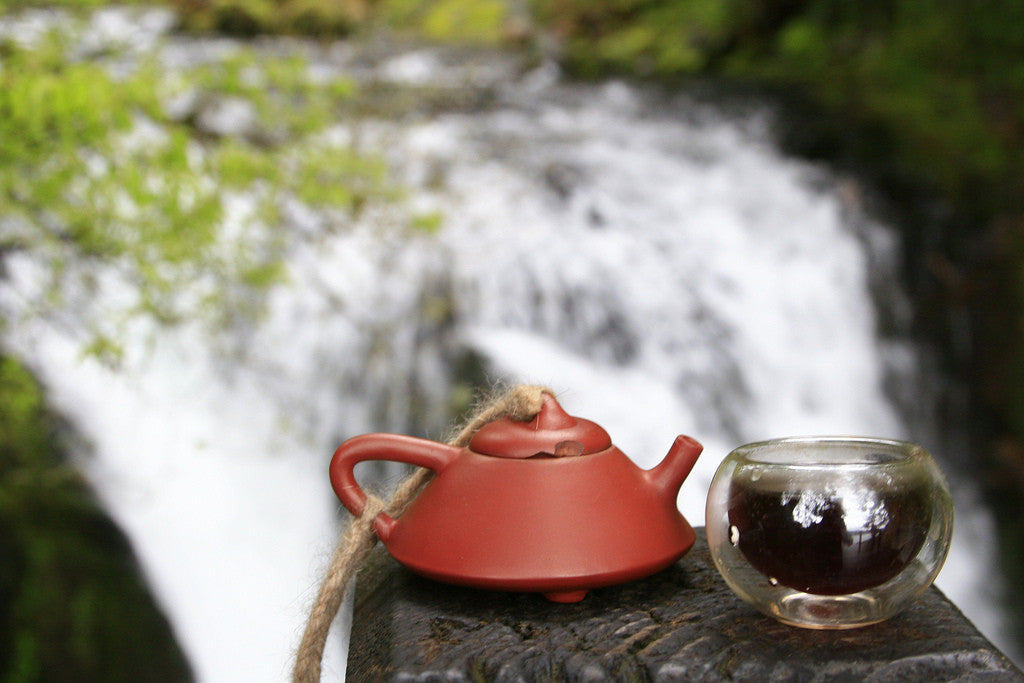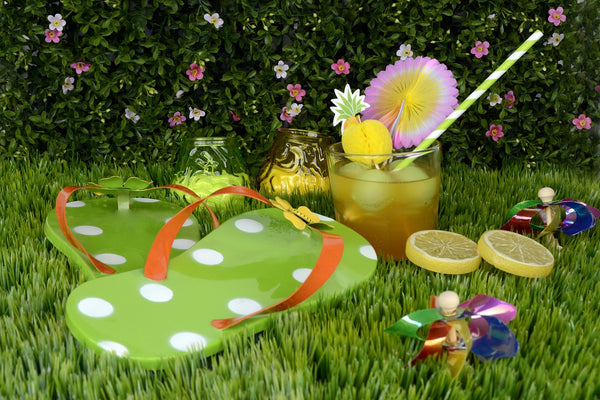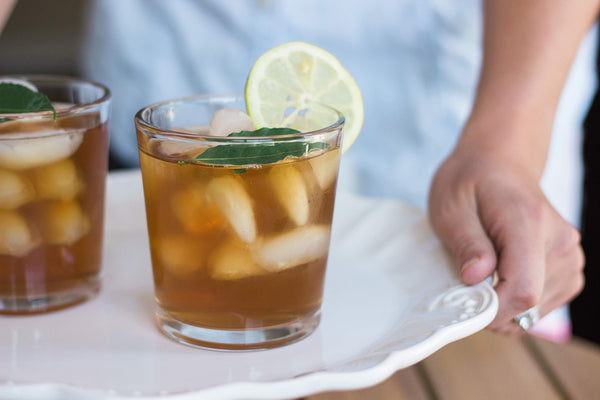
A huge benefit to attending college in the South is the breakfast. Southerners know how to cook up a a rib-sticking meal that will energize you throughout the day. Either that or the breakfast will be so good that you eat way too much and are put into a "food coma" as I like to call it. Most of the time I would choose the latter, especialy considering the fact I was in my early twenties.
I found the secret to a great Southern breakfast is the use of a properly seasoned cast iron skillet. Cast iron skillets are seasoned through constant use, most for generations at a time. Each time they are used they absorb the flavors of the food being cooked. So, imagine all the delicious flavors that are absorbed after decades of use!
Yixing Teapots are Like Cast Iron Skillets
Every time you use these teapots to brew tea, a microscopic amount of tea is absorbed by the uniquley porous clay. Therefore, the more you use it, the more the tea is absorbed. This is why tea fanatics absolutley love their old, seasoned Yixing pots.
It is the Clay That Makes These Teapots Special
The use of Yixing Clay, also know as "Purple Clay," dates back to the 10th century during the Song Dynasty in China. The legend says there was a monk that created a pot out of the local clay in Yixing, China and that the teapots made the tea taste so good that scholars all across the country started to seek them out. To this day, the clay can still be found in Yixing.
Since the clay is so porous, it was originally difficult for the craftsman to make these pots with their rudimentary tools, so they had to make all of them by hand, which created a new style of art. Some Yixing artists are so well known that their teapots sell for over $2000 each.
Only Use Yixing Teapots with One Type of Tea
Because the flavors are absorbed every time you use it, be sure to only use one type of tea per pot. Therefore, if your favorite tea is a black tea, only use black tea for that individual pot. The same applies to oolong, white, green and pu-erh teas. If you use them enough, the flavors will become so infused with the clay that you won't even need tea in the pot - regular water steeped in the teapot will have a subtle tea flavor.
My Favorite for Oolong Tea
Since Oolongs have such a flavor depth that evolves on your tongue as you drink it, I think they make a perfect companion to the Yixing teapots. I have enjoyed my Yixing teapot so much, I actually wouldn't even think of trading it in for a seasoned skillet, no matter how good those Southern breakfasts taste.
Photo: www.flickr.com/photos/ienjoysushi/5697153109
2 Responses
Marie Jost
I discovered yixing teapots a few years back and am sold on them. I now have a small collection of teapots that I use for various types of tea and tea preparations. I have my larger (10-12 oz) pots for my daily teas that I drink by the mug. I also have my tiny pots for preparing my best oolongs gong fu style. From my tiny “black pearl” to my red “ginkgo” pot (complete with gink leaves and nuts decorating it), I love these tea pots not only as something to brew tea in, but as works of art in their own right.
Leave a comment
Comments will be approved before showing up.



Gorldo
January 21, 2016
Delightful spenpits about pots and their history and proper use. As a Westerner, I find the small pots almost “force” me to slow down and savour each infusion, one pot at a time. Suzanne.